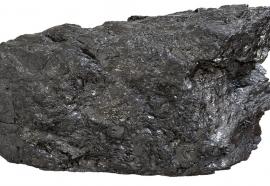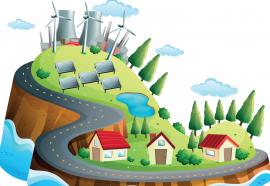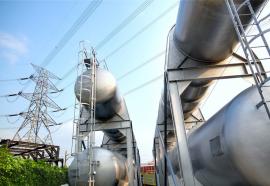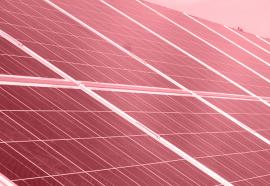Coal to the Rescue
A proposal to enhance European energy security.
A proposal to enhance European energy security by lessening dependence on Russian fuel imports – via coal-based production of synthetic natural gas, plus injection of captured CO2 for enhanced recovery of North Sea oil.








